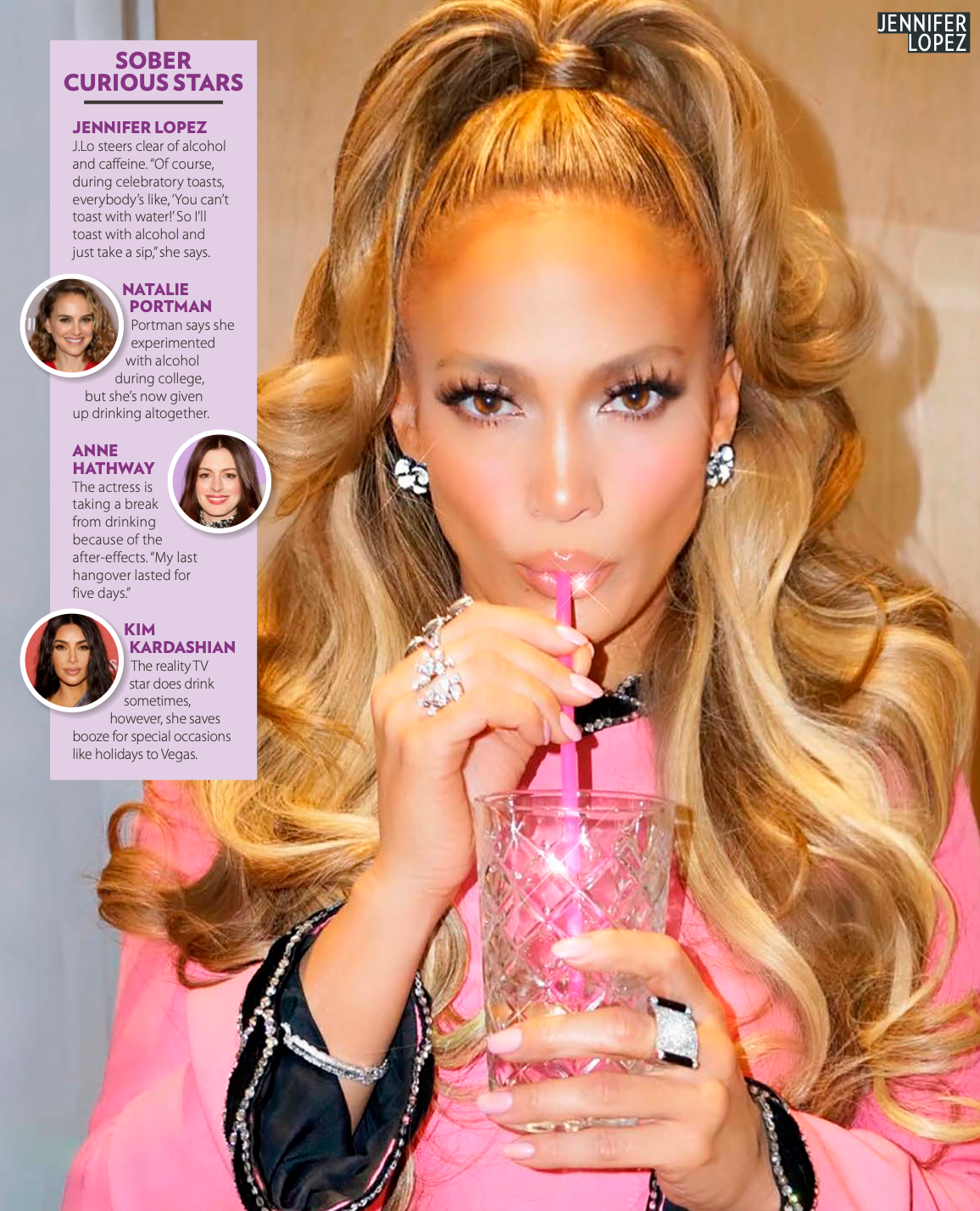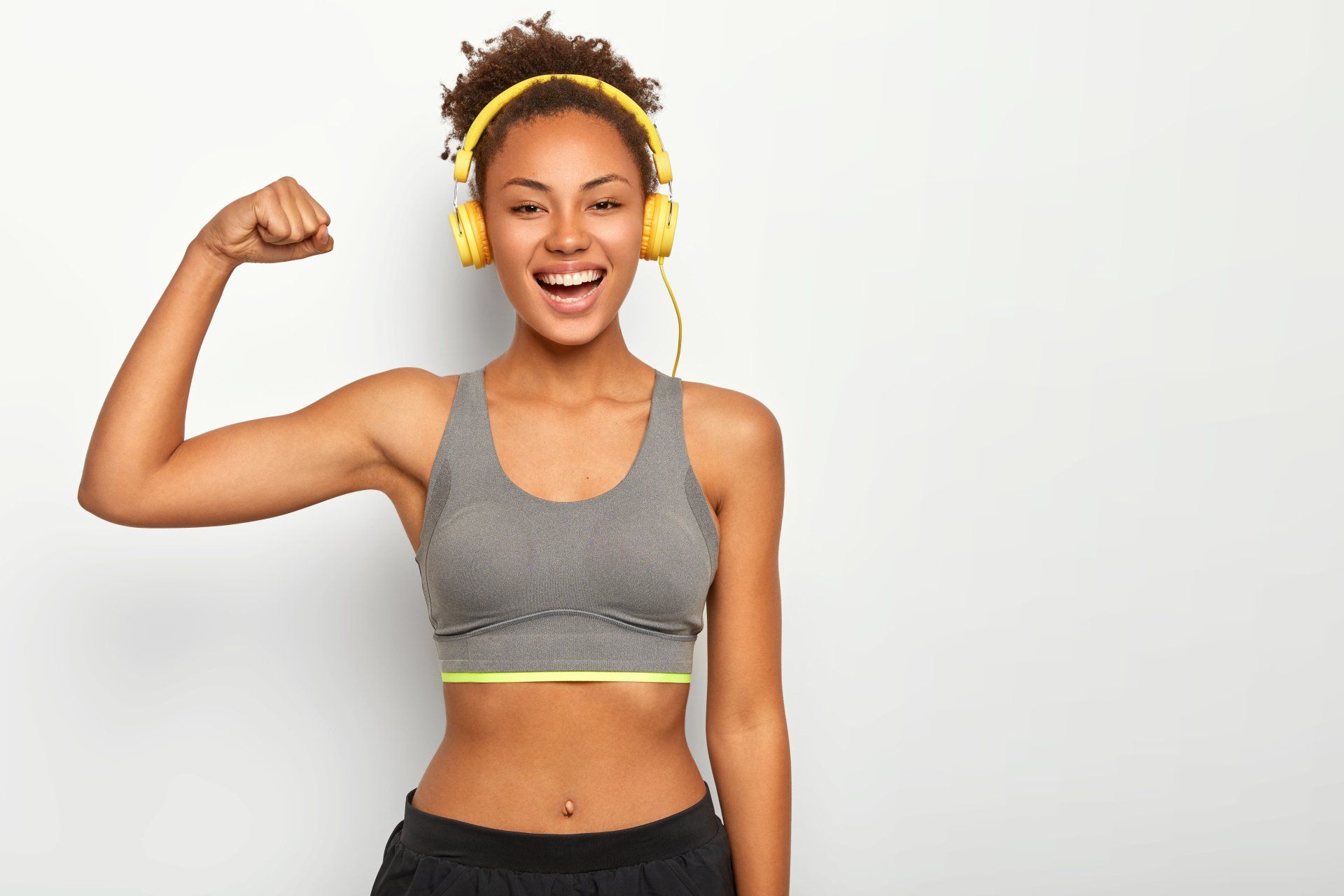How To Be Your Own Breast Advocate
Queenslander Bianca Innes became the youngest Australian diagnosed with breast cancer at the young age of 20. Whilst breast cancer is far less common in young women, there are still over 900 women under the age of 40 who are diagnosed with breast cancer each year in Australia.
Furthermore, the State of Nation report by Breast Cancer Network Australia, which surveyed 15 000 people living with breast cancer, found that women under the age of 40 were more likely to be dismissed by health professionals as ‘too young to have breast cancer’ when presenting with symptoms, leading to delayed diagnosis.
Kylie Minogue, diagnosed at age 36 after being given the all-clear just weeks before, has this advice for young women: “Just because someone is in a white coat and using big medical instruments doesn’t necessarily mean they are right...if you have any doubt, go back again”.
Here are 3 ways you can be your own breast advocate.
1. Be Breast Aware
Breast screening with mammograms is not offered to women under the age of 40. Why? Young women tend to have dense breast tissue, making it more difficult to distinguish normal from abnormal breast tissue on a mammogram and therefore limiting its usefulness. The most effective method for early detection in young women is being breast aware, meaning knowing how your breasts normally look and feel and reporting any unusual changes to your doctor.
2. Calculate Your Risk
iPrevent is a free online tool that calculates your lifetime risk for breast cancer based on your family cancer history, lifestyle and reproductive risk factor information. It also provides personalised advice on breast cancer screening and the need for genetic counselling and testing if there are ‘red flags’ in your family history to suggest hereditary breast cancer. Whilst you cannot change some of your risk factors for breast cancer, such as your family history, you can have choices in how to manage your risk.
3. 'Triple Test' Breast Changes
Whilst most breast changes are not due to breast cancer, it is important to use the ‘triple test’ to confirm or exclude a diagnosis of breast cancer. The triple test refers to 3 diagnostic components: medical history and clinical breast examination, imaging with ultrasound and/or mammogram and biopsy. When performed appropriately, the triple test will detect over 99.6% of breast cancers. A triple test negative on all components means that breast cancer can be ruled out with 99% accuracy. An abnormal result (indeterminate, suspicious or malignant) on any component of the triple test requires further investigations.
How do I perform a breast self-exam?
There is no right or wrong way to perform a breast self-exam. It is more important that you check your breasts regularly so that you are familiar with the usual look and feel of your breasts, and can notice unusual changes.
You can use these "everyday moments" to check your breasts.
-
The Mirror CheckList Item 1
Inspect your breasts with arms by your side, behind your head and then hands on hips. At each step, look for any dimpling of the skin or pulling in of the nipple, as well as any changes in shape, size or colour of your breasts (including your nipples).
-
The Lying Down CheckList Item 2
Lying on your back helps flatten your breast tissue, making it easier to examine. Use the pads of your three middle fingers moving around the entire breast in a circular pattern. Cover the entire breast area from your breastbone to your armpit and from the bottom of your breast to your collarbone. Feel for any lumps or thickened areas.
-
The Shower CheckList Item 3
Lather fingers with soap and use the same technique for Lying Down Check.
Did You Know?
Breast cancers in young women are different biologically from breast cancers faced by older women. Young women are more likely to be diagnosed with more aggressive triple-negative breast cancers, have large breast cancers (greater than 5cm) and have poorer survival outcomes.




